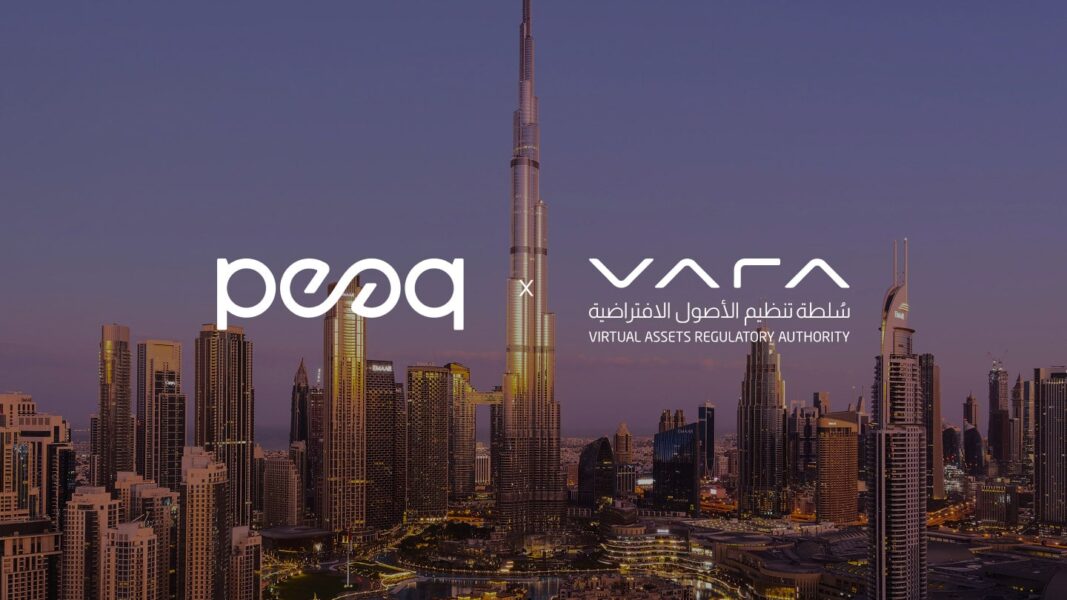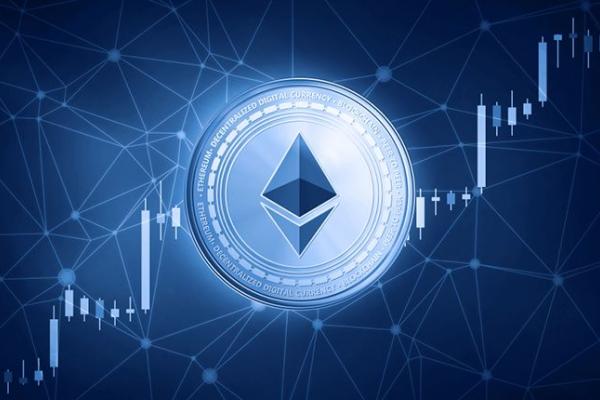A major topic in crypto in 2024 is the number of layer-2 (L2) blockchains created on top of the Ethereum network. Major nonfungible token (NFT) collections such as Pudgy Penguins, Bored Ape Yacht Club and Azuki have announced their own L2s — in addition to numerous traditional companies such as Fox Corporations and Flipkart.
This sudden surge in L2s has been treated as a joke by many who believe it to simply be hype. Nonetheless, it is very likely that we will have thousands of L2s within the next year. This will be great for the success of the Ethereum ecosystem.
By way of background: The Ethereum network is a first-layer blockchain (L1). Ethereum prioritizes decentralization and security, but it lacks scalability — a problem known as the blockchain trilemma, where only two of those three things can be achieved.
Thus, the Ethereum network ends up being less scalable, and executions on it are extremely expensive. To solve this, L2s — which are also known as rollups — were created. They process transactions off the Ethereum network more cheaply by consolidating them into batches and sending those batches to the Ethereum network.

However, this model presents two major pain points. The first is fragmentation of the Ethereum ecosystem. Market liquidity is divided across L2s, which creates a poor user experience. Users constantly need to switch their wallets between networks and “bridge” their assets. Additionally, bridges and “wrapped” assets on different networks have been major targets for hackers in recent years.
The second pain point is the instability and unpredictability of transaction costs of these L2s, which is terrible for the development of various applications. One day you might pay a single cent to perform an operation, and the next that figure might be 10 or 100 times higher because some meme coin is trending and occupying all of the block space.
The result is an ecosystem with fragmented liquidity, fragmented users, poor UX, vulnerable to exploits, and an environment still not suitable for applications to be developed in a financially sustainable way.
Thousands of L2s to eliminate the pain
Despite seeming complex, launching and maintaining an L2 today is extremely quick and relatively cheap. Rollup as a Service (RaaS) companies do this work and can already launch and maintain a rollup in up to six minutes for less than $1,000 per month, as is the case with RaaS Gateway.Fm.
These rollups are constructed using the chain-development kits (CDKs) of larger L2s, such as Polygon, Optimism (OP), Arbitrum (ARB), and ZkSync. Due to the ease of creating new L2s, two categories of blockchains have gained popularity: appchains and sector Chains.
Appchains are L2s created and customized to support only one application, offering a controlled environment with cheaper and more predictable costs than building on public L2s.
Sector chains are blockchains (usually permissioned) created and customized to serve a specific sector, such as gaming or real-world assets (RWAs).
By themselves, these environments are more suitable for financially sustainable on-chain development. But they come with an additional benefit: Their customization for specific use cases enables greater efficiency than public L2s, which are built for generalized use.
Of course, these new chains do lead to greater fragmentation. That issue is being partially resolved by the same L2s that provide the CDKs for the rest of the market. Polygon, Optimism, and ZkSync are building liquidity aggregation layers that will make thousands of appchains and sector chains seem like one.
AggLayer, a liquidity aggregation layer created by Polygon, is a project that stands out in this area. It’s at the forefront of developing an aggregation layer that uses zero-knowledge (ZK) proof technology. (ZK is not only key to achieving instant interoperability between chains connected to AggLayer, but also to making these chains cheaper in the future.)
Big names including OKX, Ronin, ImmutableX, Telegram Open Network (TON) and Fox Corporation have or are in the process of connecting L2s to AggLayer.

Even Ronin — one of the biggest gaming blockchains in the world — announced in June that it was considering the possibility of transitioning from an L1 to an L2 connected to AggLayer. That would add immense value to the Ethereum ecosystem — and to Ronin itself, as it could dedicate less energy to infrastructure and spend more time acquiring new games and ensuring their success.
It’s clear that thousands of appchains and sector chains are coming, and that they will be crucial to financially sustainable on-chain development. ZK aggregation layers will solve much of the fragmentation pain that we’re experiencing today. It’s an inviting dynamic for other L1s to migrate to the Ethereum ecosystem to take advantage of increasingly unified liquidity — enabling them to focus less on infrastructure and more on acquiring and retaining killer apps on their chains.
Source: https://cointelegraph.com/news/ethereum-future-rests-10000-blockchains



